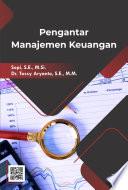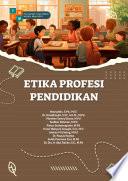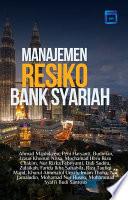
Socio Economic Thoughts of Al Ghazali
Introduction Al-Ghazālī (1058-1111 C.E.), a great theologian, philosopher and Sufi (Islamic mystic), was man of erudite and a prolific Islamic scholar of philosophy and ethical values, whose writings encompass all dimensions of life with special focus on socio-economic thought. As such his discussion of economic issues emerge in the ethical perspective of human life as a whole, rather than a segregated value-neutral discipline as it appears in the contemporary economic analyses and systems. Hence his analysis is generally normative rather than positive in nature. He was one of those eminent scholars of Iran who has left indelible impact on the Muslim world through his very significant contribution to different branches of Islamic learning: Islamic jurisprudence, theology, philosophy and mysticism. Being a Sunni Scholar, he belonged to the Shāfi'ī School of Islamic jurisprudence and at the same time followed Ash'arite School of theology. While debated on Ghazali's life and contribution, the scholars were and are extensively involved in studying and examining the range of texts he had written in order to get a better picture of the man. For some people Ghazali is the great "Defender of Islam" (Ḥujjat al-Islam, ); Ḥujjat literally meaning "proof". Others blame him for damaging the rational edifice of Islamic thought in his sharp critique of Muslim philosophers such as Ibn Sina and Al-Fārābi. Al-Ghazālī was writing in the second half of the 11th and early 12th centuries which were roughly six centuries before the emergence of Mercantilism and seven centuries before Adam Smith (1723-1790 C.E), that is, roughly six to seven centuries before the beginning of economics as a separate discipline. Even then, it is interesting to note that Al-Ghazālī writings contain a good number of economic ideas, although discussed in the ethical normative perspective. This aspect of Imam Ghazālī has not been taken up in detail by any of the contemporary scholarship. The socio-economic aspects of Ghazālī's thinking can only present a bare outline, but from this we can grasp what might be called his "Islamic social welfare function" as well as his views on the role of economic activities generally. An overriding aspect throughout his works is the concept of Maṣliḥa, or social welfare or utility ("common good"), a concept which encompasses all human affairs, economic and others, and which,
- ISBN 10 : 9798210159618
- Judul : Socio Economic Thoughts of Al Ghazali
- Pengarang : Mohd Hassan,
- Bahasa : en
- Tahun : 2022
- Halaman : 114
- Google Book : http://books.google.co.id/books?id=V9r-zgEACAAJ&dq=intitle:Explaining+the+welfare+function+(Al-Ghazali)&hl=&source=gbs_api
-
Ketersediaan :
While debated on Ghazali's life and contribution, the scholars were and are extensively involved in studying and examining the range of texts he had written in order to get a better picture of the man.









